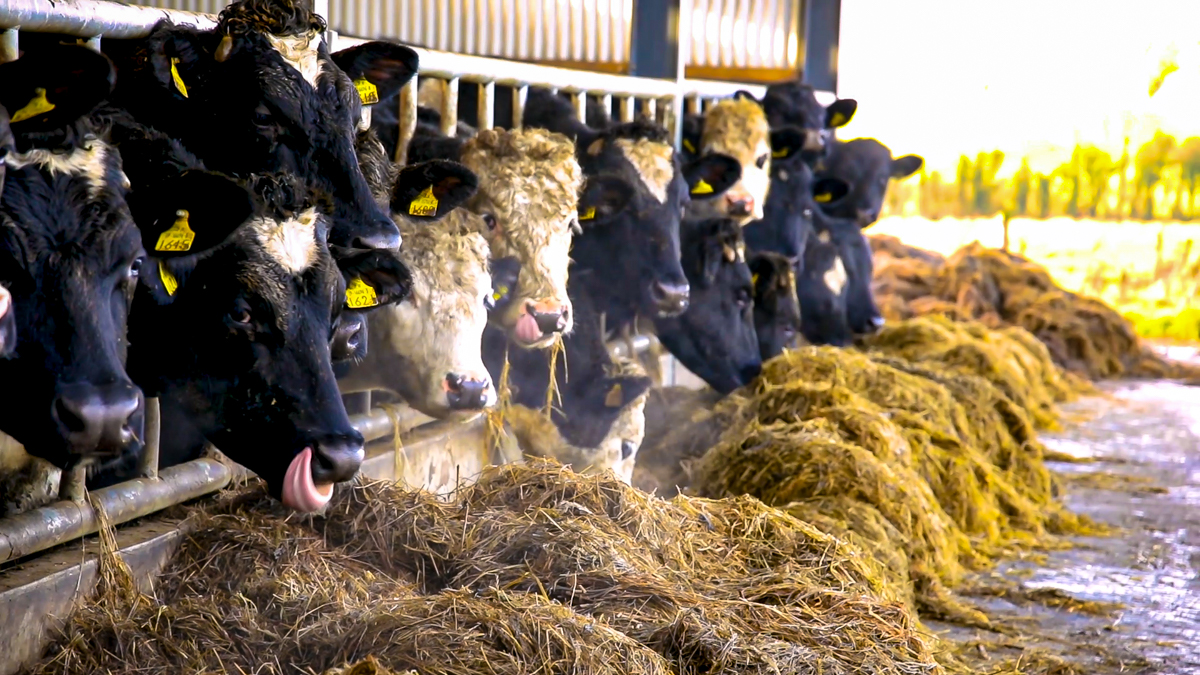Trials are underway to discover if an extract from daffodil plants, called haemanthamine, could hold the secret to cutting methane levels produced by livestock.
Researchers at Scotland’s Rural College (SRUC) found that under laboratory conditions, using an artificial cow’s stomach, emissions could potentially be reduced in real cows by 30% when this extract is added to their feed.
Commercial trials, involving the SRUC, are now underway.
Daffodil
This work will be completed over a four-year period. If successful, it is envisaged that the daffodil extract should act to reduce methane production levels by 30% under commercial farming conditions.
The farm trials involving the new feed additive will be carried out on a number of commercial cattle farms, located throughout the UK.
Meanwhile, SRUC scientists are also lending their expertise to a major new project, designed to breed sheep with a naturally low carbon footprint.
The English sheep sector has been awarded £2.9 million by the Department of Food, Environment and Rural Affairs (Defra) to carry out an industry-wide project called ‘Breed for CH4nge – Breeding Low Methane Sheep’.
This three-year initiative will measure methane emissions from a total of 13,500 sheep in 45 flocks, collect the necessary data and build and develop the tools required to genetically reduce methane emissions and improve the overall efficiency of sheep production systems.
The project will eventually demonstrate the impact of low-carbon sheep on whole-farm carbon footprints and will help English farmers to make a positive contribution to UK agriculture’s journey towards net zero.

The required scientific input, technology and additional genetics expertise will be provided by SRUC and Harper Adams University
SRUC’s Dr. Nicola Lambe said: “This will build on international research on breeding to reduce methane emissions from sheep, to the point of industry implementation in UK flocks.”
The project will initially develop on-farm protocols and use portable accumulation chambers (PAC) to predict methane emissions from grazing sheep alongside measures of health, production and efficiency traits at the individual animal level.
Further measurements, including rumen size and microbiota, will improve understanding of the underlying biology and ensure that reductions in methane emissions positively contribute to sustainable genetic improvement of ewe productivity on UK grass and forage.
This comprehensive set of information will enable understanding of the genetic control of these characteristics and DNA sampling will allow relationships with the underlying genome of the sheep to be investigated.
The end result will be the development of tools to compare the breeding value of sheep in flocks, identifying breeding stock that will contribute to improving farm carbon footprint.
